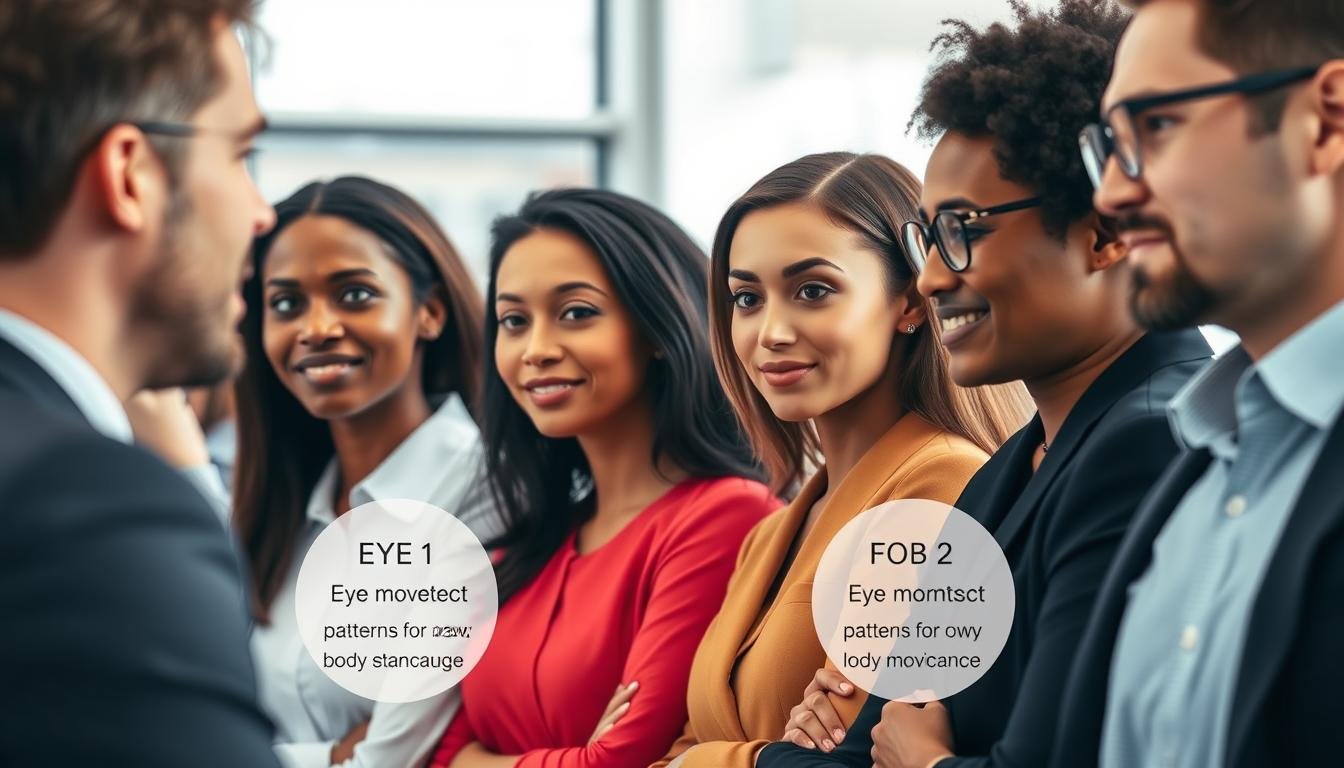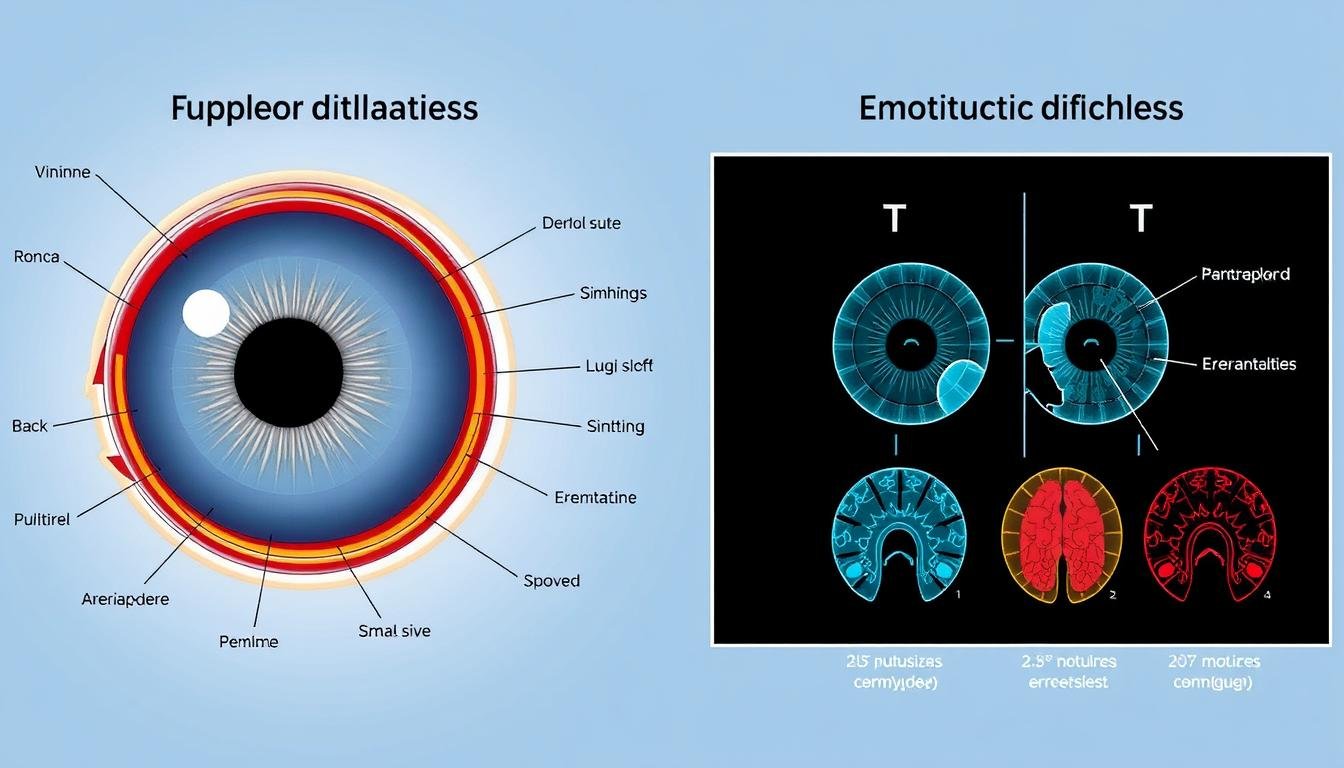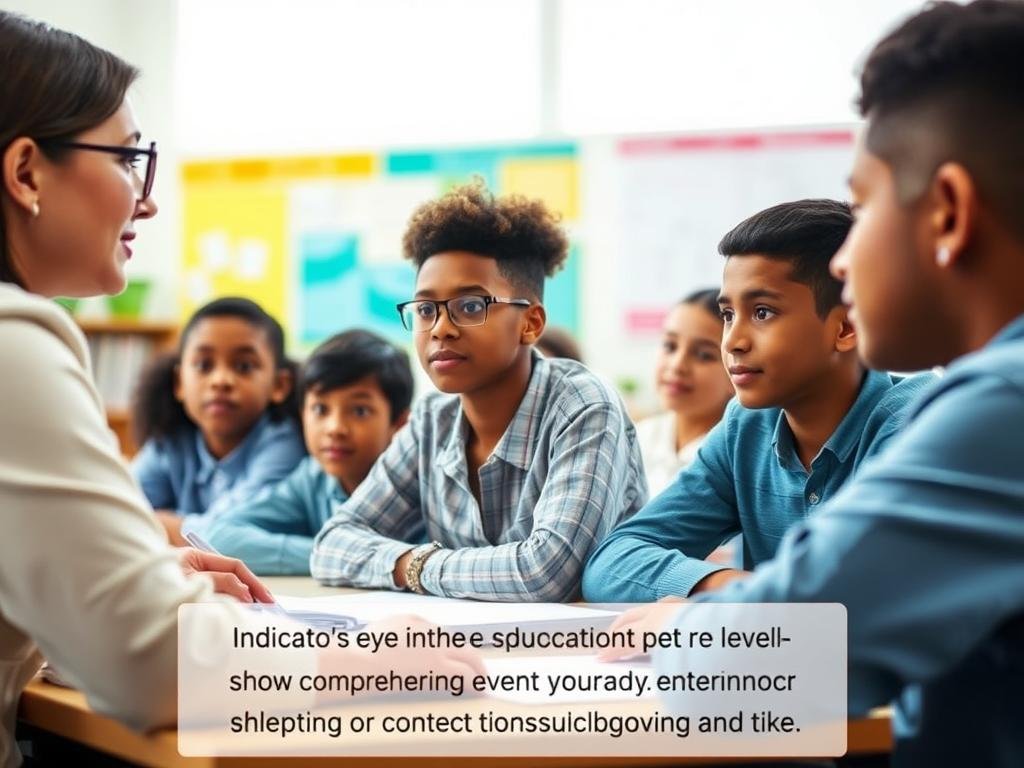The eyes have long been called the windows to the soul, and for good reason. Eye Reading – the art of interpreting emotions, thoughts, and intentions through eye movements and expressions – forms a crucial component of nonverbal communication. When combined with broader body language analysis, it creates a powerful toolkit for understanding human behavior. This comprehensive guide explores the fascinating intersection between Eye Reading and body language, revealing how these complementary skills can enhance your personal and professional interactions.
The Fundamentals of Eye Reading
Before diving into the connection between Eye Reading and body language, it’s essential to understand what each entails. Eye Reading focuses specifically on interpreting the subtle movements, dilations, contractions, and expressions of the eyes. These micro-movements often happen unconsciously, making them particularly reliable indicators of a person’s true feelings or thoughts.
Key Elements of Eye Reading
- Pupil dilation and contraction
- Gaze direction and duration
- Blinking patterns and frequency
- Eye contact maintenance
- Microexpressions around the eyes
When we observe someone’s eyes, we’re accessing one of the most honest forms of communication. Unlike other body parts that can be more easily controlled, the eyes often reveal involuntary reactions. For instance, pupil dilation occurs automatically in response to interest or attraction, while rapid blinking might indicate stress or discomfort.
The Science Behind Eye Reading
The scientific foundation of Eye Reading lies in both neurology and psychology. Our eyes are directly connected to our brain’s limbic system, which processes emotions. This direct connection means that eye movements often precede conscious thought, making them valuable indicators of genuine reactions.
Research from the University of Michigan found that the human eye can express over 50 distinct emotional states, many of which occur without conscious awareness.
Pupil Response and Emotional States
Pupil dilation is controlled by the autonomic nervous system, which regulates involuntary bodily functions. When we experience emotional arousal – whether positive (excitement, attraction) or negative (fear, stress) – our pupils typically dilate. This physiological response occurs because our brain is preparing to gather more visual information during emotionally significant moments.

Eye Movement Patterns
Neurolinguistic programming (NLP) suggests that eye movements correlate with specific cognitive processes:
| Eye Movement | Potential Meaning | Associated Process |
| Up and Right | Constructing visual images | Creating or imagining |
| Up and Left | Recalling visual images | Remembering |
| Lateral Right | Constructing sounds | Creating auditory content |
| Lateral Left | Recalling sounds | Remembering auditory content |
| Down and Right | Accessing feelings | Internal dialogue |
| Down and Left | Internal dialogue | Self-talk |
While these patterns aren’t universally consistent across all individuals and cultures, they provide a starting framework for understanding how eye movements might relate to cognitive processing.
How Eye Reading Complements Body Language
Body language encompasses all nonverbal communication through physical movements and postures. When combined with Eye Reading, it creates a more complete picture of someone’s internal state. The eyes often provide the emotional context for interpreting other body language signals.
Synchronization Patterns
When someone’s eye expressions align with their body language, it typically indicates congruence and authenticity. For example, a genuine smile involves not just the mouth but also the eyes (known as a Duchenne smile). Incongruence between eye expressions and body language often signals potential deception or discomfort.
Complementary Signals
Here’s how Eye Reading enhances body language interpretation:
| Body Language Signal | Eye Reading Enhancement | Combined Interpretation |
| Crossed arms | Narrowed eyes with limited blinking | Defensive posture with potential hostility |
| Crossed arms | Relaxed eyes with normal blinking | Comfortable posture without defensiveness |
| Leaning forward | Dilated pupils with sustained eye contact | Genuine interest and engagement |
| Leaning forward | Constricted pupils with darting eyes | Potential aggression or discomfort |
| Nodding | Relaxed eye area with consistent gaze | Genuine agreement |
| Nodding | Tense eye area with averted gaze | Feigned agreement with discomfort |
Cultural Differences in Eye Reading
While many eye expressions have universal meanings, cultural norms significantly influence how people use and interpret eye contact. Understanding these differences is crucial for accurate Eye Reading across cultures.

Western Cultures
In most Western societies, direct eye contact is valued as a sign of confidence, honesty, and engagement. Avoiding eye contact might be interpreted as dishonesty or lack of interest.
East Asian Cultures
In many East Asian cultures, extended direct eye contact may be considered disrespectful, particularly with elders or authority figures. Lowered eyes often signal respect rather than disengagement.
Middle Eastern Cultures
Eye contact patterns often differ between genders. Same-gender eye contact may be more sustained, while cross-gender eye contact might be more limited due to cultural norms.
“The eyes may be the window to the soul, but that window has different curtains depending on where you are in the world.”
– Dr. Lillian Thompson, Cultural Psychologist
Master the Art of Eye Reading
Want to develop your Eye Reading skills? Our comprehensive guide includes practical exercises, cultural considerations, and expert techniques for interpreting eye movements in any situation.
Download Free Eye Reading Guide
Practical Applications of Eye Reading
The ability to interpret eye expressions has valuable applications across numerous contexts. When combined with body language analysis, it becomes an even more powerful tool for enhancing communication and understanding.
Professional Settings

In negotiations, interviews, and presentations, Eye Reading can provide valuable insights into how your message is being received. It can help identify interest, confusion, or disagreement before it’s verbally expressed.
- Gauge audience engagement during presentations
- Assess candidate honesty in interviews
- Identify potential concerns in negotiations
Personal Relationships

In intimate relationships, Eye Reading can strengthen emotional connection by helping partners better understand unspoken feelings and needs. It facilitates deeper empathy and more responsive communication.
- Recognize unspoken emotional needs
- Identify discomfort in difficult conversations
- Strengthen connection through mindful eye contact
Educational Contexts

Educators can use Eye Reading to assess student engagement and comprehension. Eye patterns often reveal confusion or interest before students verbalize these states.
- Identify confusion before students raise questions
- Recognize engagement levels across the classroom
- Adapt teaching approaches based on nonverbal feedback
Case Studies: Eye Reading in Action
Real-world examples demonstrate how Eye Reading and body language analysis work together to reveal deeper insights into human behavior and communication.
Case Study 1: Sales Interactions
A study of successful sales professionals found that those who could accurately interpret customer eye signals closed 23% more deals than their counterparts. By recognizing interest signals (dilated pupils, engaged eye contact) versus discomfort signals (eye blocking, rapid blinking), they could adjust their approach in real-time.
“The most successful salespeople don’t just listen to what customers say—they watch what their eyes reveal.”
– Sales Performance International
Case Study 2: Therapeutic Settings
Therapists trained in Eye Reading reported 31% higher accuracy in identifying emotional states compared to those relying solely on verbal communication. Eye movements often revealed emotional processing that clients weren’t yet ready to verbalize, allowing for more targeted therapeutic interventions.
Key finding: Eye movement patterns often preceded verbal acknowledgment of emotional breakthroughs by an average of 7-10 seconds, giving therapists valuable advance indicators.
Developing Your Eye Reading Skills
Like any skill, Eye Reading can be developed through deliberate practice and awareness. Here are techniques to enhance your ability to interpret eye expressions and integrate them with body language analysis.
Baseline Observation

Before interpreting changes in someone’s eye expressions, establish their baseline behavior. Observe their typical:
- Blinking frequency
- Pupil size in neutral conditions
- Natural eye contact duration
- Resting eye position
This baseline provides context for identifying meaningful deviations during interactions.
Contextual Analysis

Always consider environmental and situational factors that might influence eye behavior:
- Lighting conditions (affects pupil size)
- Cultural background of the individual
- Relationship dynamics and power structures
- Medical conditions or medications
Accurate interpretation requires considering these contextual elements.
Integration Practice

Practice observing the relationship between eye expressions and other body language signals:
- Note when eye signals confirm or contradict other cues
- Practice with muted videos to focus on nonverbal cues
- Receive feedback from others on your interpretations
- Keep a journal of observations and patterns
Regular practice increases both accuracy and speed of interpretation.
Enhance Your Communication Skills
Join our interactive online workshop on Eye Reading and Body Language Interpretation. Learn from certified experts and practice with real-time feedback.
Common Eye Patterns and Their Meanings
While individual differences exist, certain eye patterns tend to correlate with specific emotional and cognitive states. Understanding these common patterns provides a foundation for more nuanced Eye Reading.
| Eye Pattern | Potential Meaning | Associated Body Language |
| Dilated pupils | Interest, attraction, or cognitive processing | Leaning forward, open posture |
| Constricted pupils | Dislike, disapproval, or bright lighting | Leaning away, crossed arms |
| Rapid blinking | Stress, discomfort, or processing | Fidgeting, throat clearing |
| Prolonged stare | Dominance, aggression, or deep interest | Squared shoulders, still posture |
| Eye blocking (covering, closing) | Discomfort, rejection of information | Turning away, increased distance |
| Sideways glance with lowered brows | Suspicion, criticism | Head tilt, pursed lips |
| Sideways glance with raised brows | Interest, curiosity | Slight smile, head tilt |
“The eyes don’t lie. They’re the one place on the human body where we can see the neurotransmitters firing in real-time.”
– Dr. Paul Ekman, Psychologist and Pioneer in Facial Expression Research
Frequently Asked Questions About Eye Reading
Can Eye Reading skills be learned by anyone?
Yes, most people can develop Eye Reading skills with practice and guidance. While some individuals may have a natural aptitude for reading nonverbal cues, the fundamental techniques can be learned through structured observation and practice. The key is developing conscious awareness of signals that most people process unconsciously.
How reliable is Eye Reading for detecting deception?
While eye movements can provide clues about potential deception, no single eye pattern reliably indicates lying. Research shows that deception detection requires analyzing multiple cues in context. The popular belief that looking up and to the left indicates lying has been largely debunked by scientific studies. Effective deception detection combines Eye Reading with other behavioral analysis and contextual information.
How do digital interactions affect Eye Reading?
Video calls present both challenges and opportunities for Eye Reading. While the digital medium can distort some subtle cues, the framing often emphasizes the face, making certain eye expressions more noticeable. Camera positioning, lighting, and screen fatigue can all influence eye behavior in digital contexts, requiring adjusted interpretation. Developing specific skills for digital Eye Reading is increasingly valuable in today’s remote work environment.
Can Eye Reading help with autism spectrum disorders?
For individuals on the autism spectrum who may struggle with interpreting nonverbal cues, structured Eye Reading training can provide helpful frameworks for understanding social interactions. Similarly, understanding typical eye movement patterns of individuals with autism can help neurotypical people better communicate and connect with them. Several therapeutic approaches incorporate explicit teaching of eye expression recognition.
Conclusion: Integrating Eye Reading into Your Communication Skills
The eyes truly are remarkable communicators, often revealing what words conceal. By developing your Eye Reading skills and integrating them with broader body language analysis, you gain access to a deeper level of human connection and understanding.
Remember that Eye Reading is both an art and a science. While research provides valuable frameworks, individual differences, cultural factors, and contextual elements all influence how eye expressions should be interpreted. Approach this skill with curiosity, respect, and a commitment to continuous learning.
As you practice these techniques in your daily interactions, you’ll likely notice a gradual enhancement in your emotional intelligence and communication effectiveness. The subtle art of Eye Reading opens new dimensions of understanding in both personal and professional relationships.
Take Your Nonverbal Communication Skills to the Next Level
Ready to master the art of Eye Reading and body language interpretation? Our comprehensive resources will help you develop these valuable skills.























